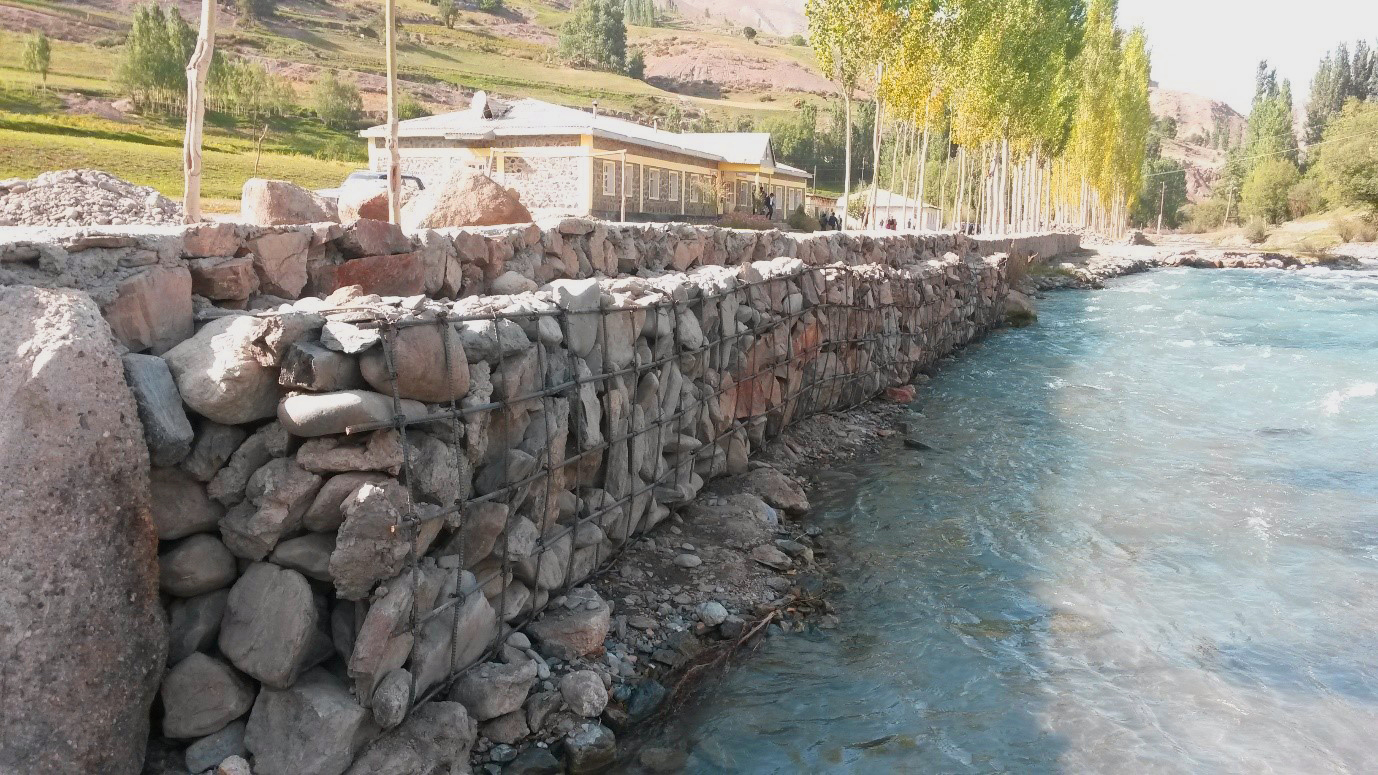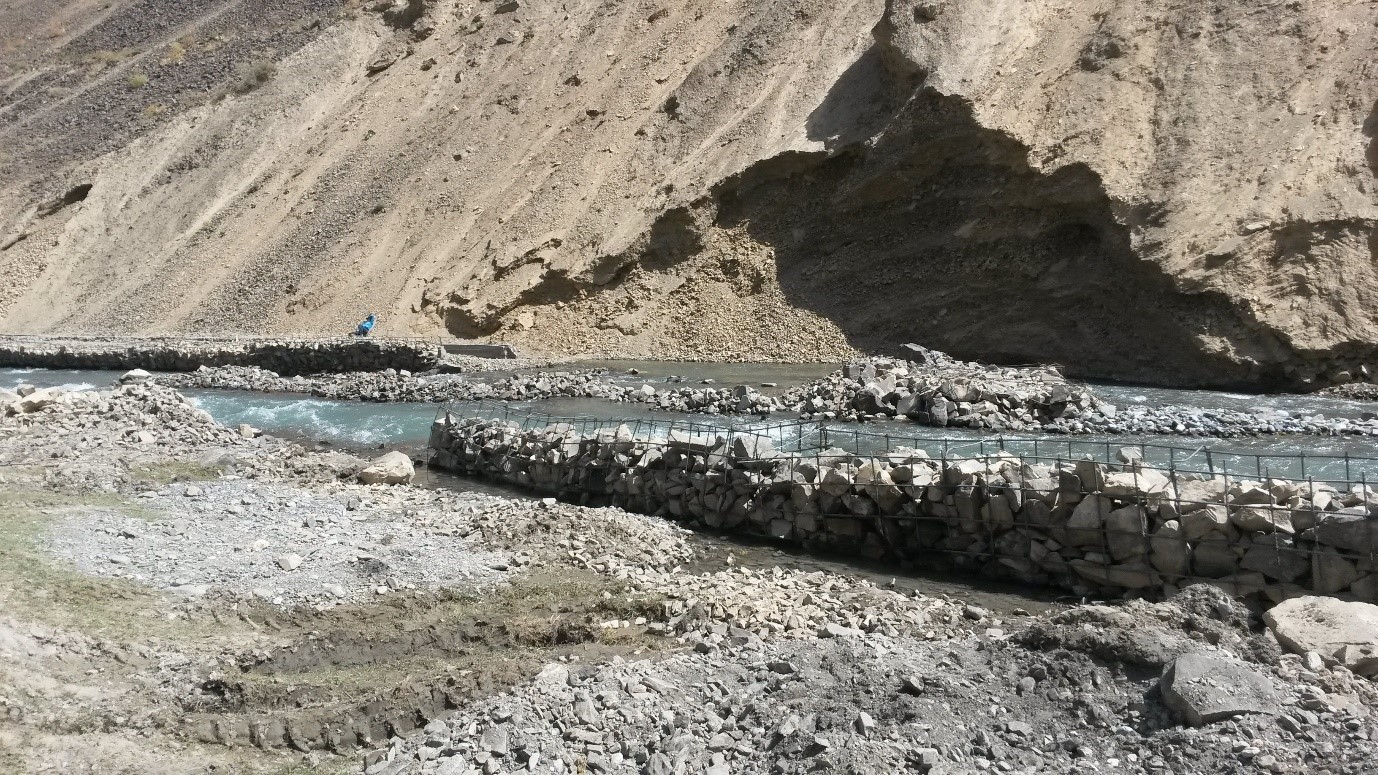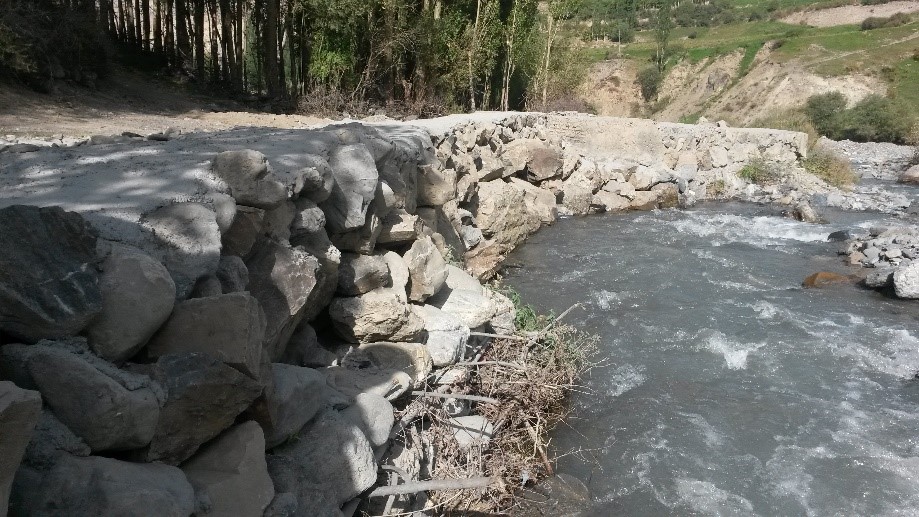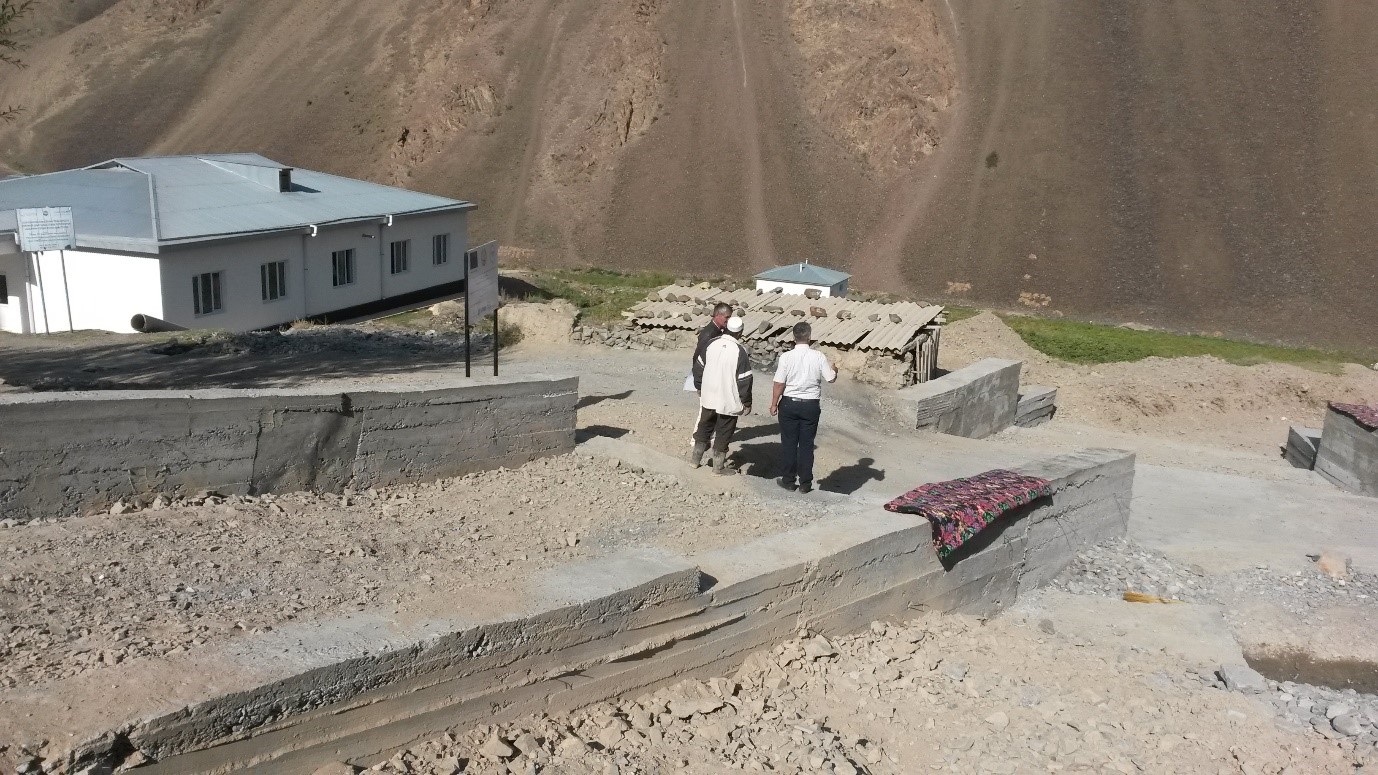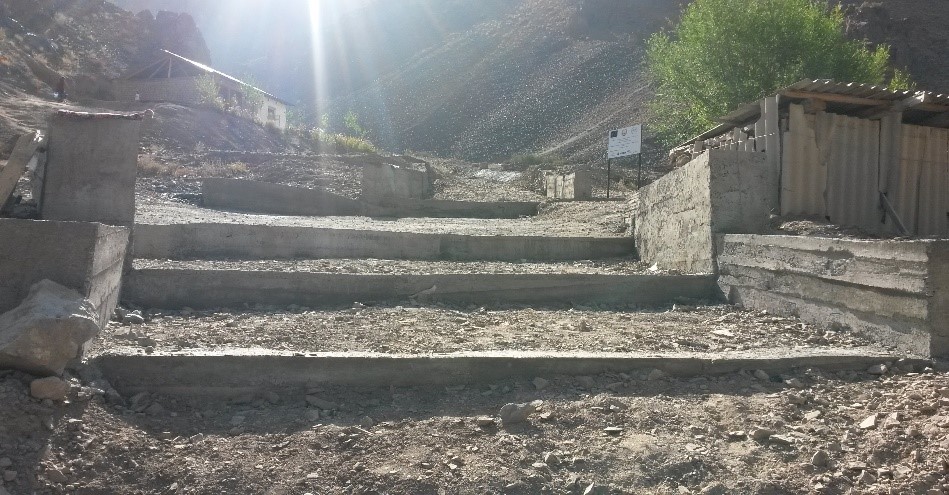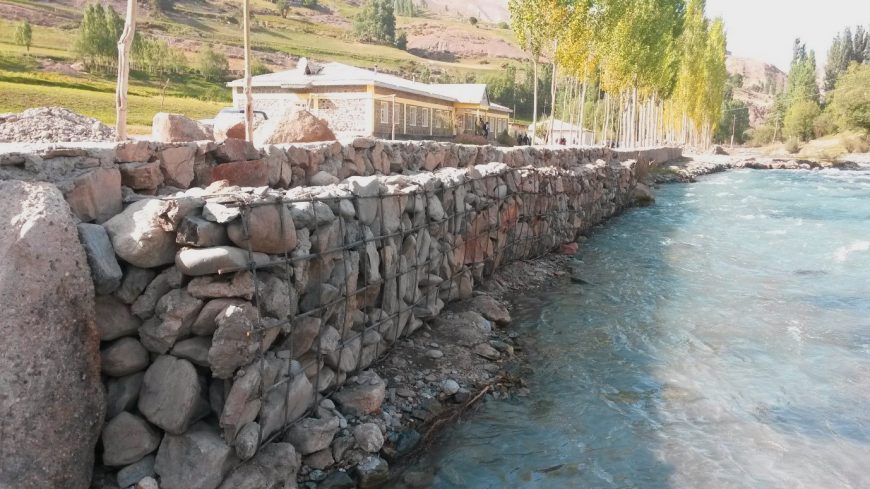
On the occasion of the International Day for Disaster Reduction, celebrated on 12 October on the initiative of the United Nations Office for Disaster Reduction (UNISDR), ACTED Tajikistan teams shared some thoughts to relate about their activities in the country to prevent water-related disasters.
On the International Day for Disaster Reduction (IDDR), celebrated on 12 October each year, ACTED Tajikistan participated in an event on the occasion of the Ecosystem-based Disaster Risk Reduction and Adaptation Week (EcoDRR/EbA), organised by GIZ and UNDP, to present an ACTED’s project implemented in Zarafshan Valley, a mountain range of Tajikistan and Uzbekistan belonging to the drainage basins of the Zarafshan River. Over the past years, the risk of floods, mudflows and avalanche in the Zarafshan Valley increased a lot, because of detrimental land use habits and climate change.
ACTED strives to ensure a better management of natural resources in Tajikistan, including water, forest and soil, in order to reduce the impacts of natural disasters and to improve livelihoods and food security.
This year’s key word in the IDDR celebrations is #HomeSafeHome: in order to ensure “home safe home” to all, more than 3,000 people already benefited from awareness raising sessions oganised by ACTED, and some 600 households have or will benefit from mitigation activities in the Zarafshan Valley.
What is a mitigation activity?
Mitigation activities or processes are designed to reduce risks and vulnerabilities related to natural hazards and their impacts on people, goods and livelihoods: preparedness activities, local planning, structural and infrastructural projects, integrated resources management plans, awareness raising programmes…
In a country like Tajikistan, mitigation measures are crucial to prevent the impacts of natural disasters, in a country greatly exposed and vulnerable to such disasters.
Water: A precious resource versus a risk factor
Tajikistan is a water-rich country and the wettest country in Central Asia, with 691 mm of rainfalls per year. In Tajikistan, water is a precious and abundant resource, generating stunning landscapes with an underestimated tourist potential, while constituting 93% of the country’s energy production capacity, hydropower plants being a major leverage of development in the country. Water is also a central resource for agriculture, in a country where 43% of the active labour force relies on the agricultural sector, a source of income but also a way of life for many people in this mostly rural country.
However, water in the country is faced with issues related to poor and old infrastructure and to the effects of climate change that lead to early snowmelt which, coupled with poor land use practices, cause significant floods and mudslides with impacts on people, houses, infrastructure and livelihoods.
ACTED works in Tajikistan for over 20 years and actively contributes to the implementation of sustainable solutions for the integrated management of water resources, in particular in the Aksu watershed, divided between Tajikistan and Kyrgyzstan.
Photo Story
Sustainable water management to protect people, houses, infrastructure and agriculture – The example of the Ayni and Kuhistoni Mastchoh districts, Sughd Region
ACTED is currently intervening in the Zarafshan Valley with support from EuropeAid and the Start Fund to promote preparedness and prevention measures to anticipate landslides and flooding. This will contribute to a better management of natural resources, with the overall objective of improving livelihoods and food security in a region that relies mostly on agriculture, a sector that particularly suffers from the impacts of natural disasters.
To cope with the risks related to water, ACTED invests in the construction of water management infrastructure like gabions, cages or cylinders made of wire and filled with rocks or concrete that are used to prevent erosion or to direct the flow of water to protect vulnerable structures.
